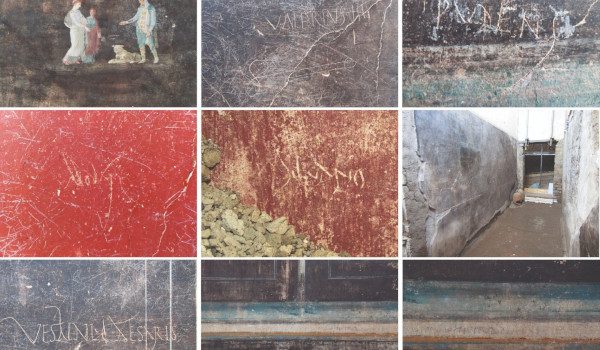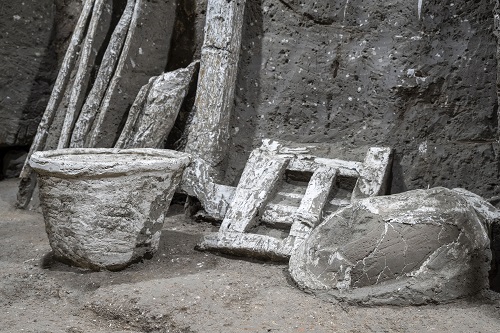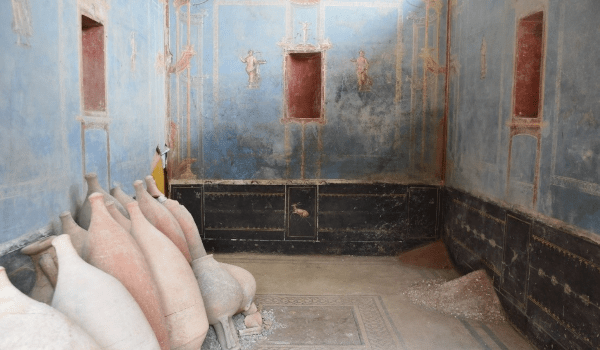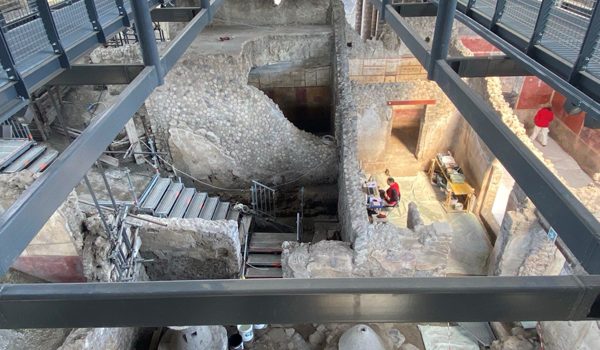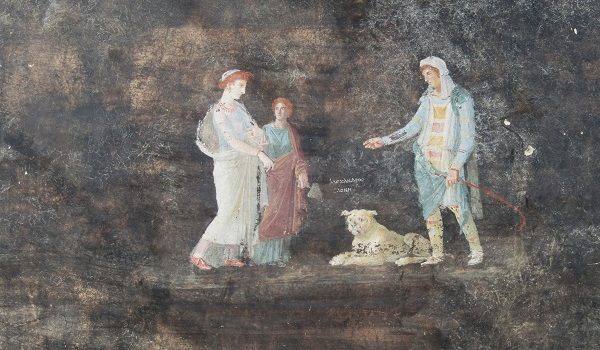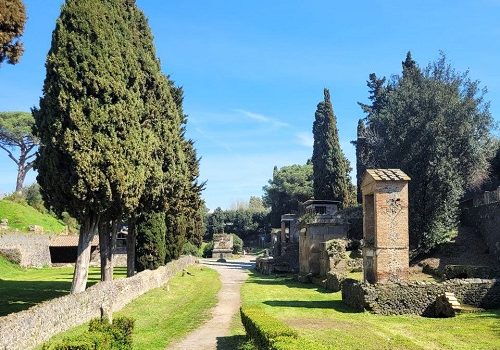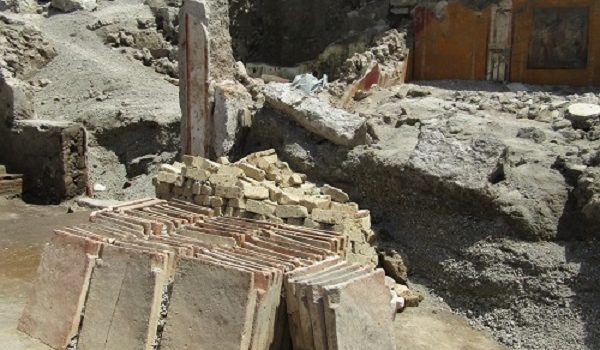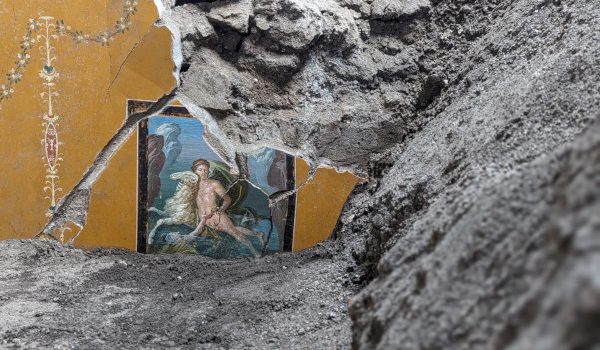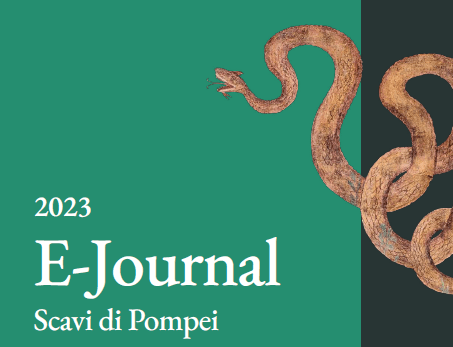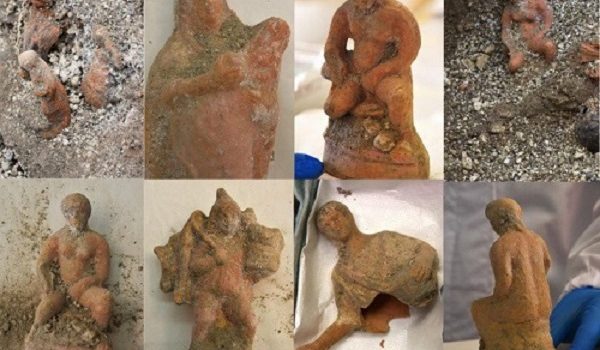“HIC ET UBIQUE”- Voices and lives in the ‘Salone Nero’ (black banqueting room)
A Latin motto that spans the centuries, from Pompeii to Shakespeare A new article has been published in the E-Journal of the excavations of Pompeii that examines some of the recent finds from the site in Regio IX, insula 10 at Pompeii, where archaeological investigations are currently underway as part of the work designed to safeguard and improve the hydrogeological structure of the excavation fac …Read more



